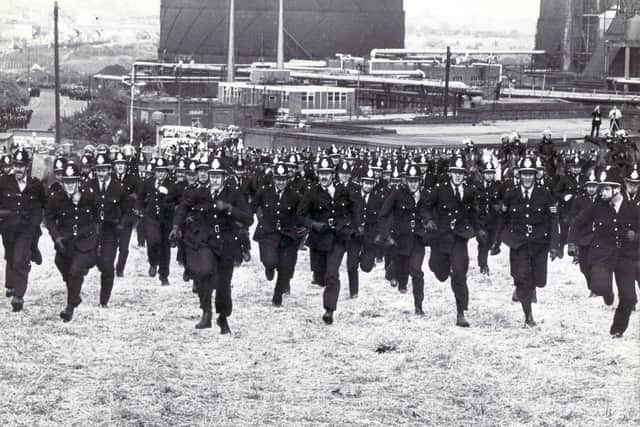‘Nostalgia ain’t wot it used to be’
and live on Freeview channel 276
And although in the wrong place, the site stages today re-enactments, boasts a descriptive board’s battle trail, a visitor centre, sells souvenirs and so on. Very nice indeed.
Then in the last few weeks, we’ve had Sherwood on the TV, loosely based around events some 400 years after Bosworth and centring on the Miners’ Strike 1984/5 with some plausible fictional events since.
Advertisement
Hide AdAdvertisement
Hide AdOkay, it might not have reopened many old sores but certainly scratched at a few places that haven’t been itched for a while.


And that’s set me thinking.
Some of the participants affected by the Strike would have been in their 30s and 40s back then.
They’ll be coming up to their 70s and 80s soon if they haven’t succumbed with black lungs and the demise of the industry, their communities and all the other multitude of bad things that came with it.
It was a different kind of Civil War to Bosworth but a civil war nonetheless. Or maybe ‘civil’ is a poor description as it pitched workers against the Government’s Pit Closure programme and sadly some families against families in a rift that has never really gone away.


But try to find record of it today.
Advertisement
Hide AdAdvertisement
Hide AdOrgreave Coking Works, the site of the last great confrontation – miners in trainers and T-shirts versus police dogs, riot squads and horses – has been razed off the face of the earth. Literally.
One set of headstocks still standing, the rest semi winding wheels dotted around the county with a few statues here and there.
Trees not tips are the remaining testimonial to a once great industry.
The pit yards, once a bustle of activity, lie silent now beneath the industrial units and car parks of the area.
Advertisement
Hide AdAdvertisement
Hide AdBeneath a carpark? Ironic that. That’s where King Richard III finished up.
King Coal had powered our Industrial Revolution, built the tanks and ships that helped us win a war that defeated Nazism but if nothing else, kept us warm and dry and kept the lights on.
Bear that in mind when your next fuel bill arrives.
